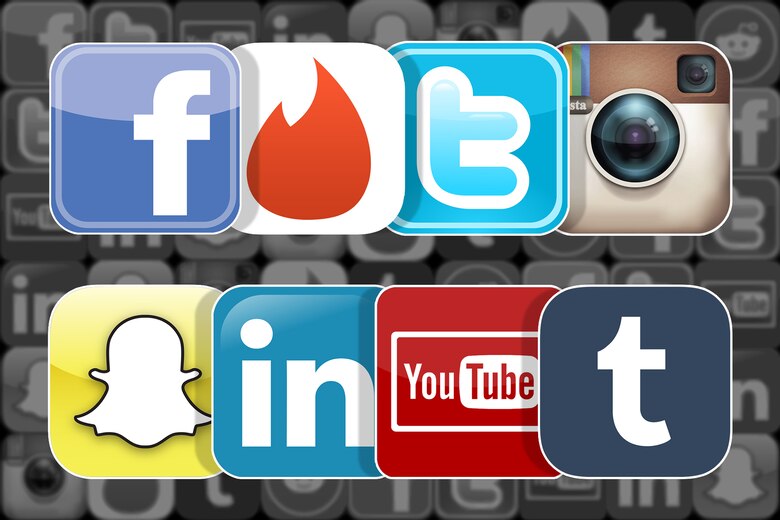 |
| Picture from: https://commons.wikimedia.org/wiki/File:Ecommerce-timeline_1998.png |
The Internet has changed many aspects of our daily lives, including the way we receive goods and services. E-commerce and M-commerce are slowly becoming common for users to shop online. E-commerce refers to electronic shopping, whereas M-commerce refers to shopping on a mobile device. With companies like Amazon.com, the use of e-commerce makes shopping and delivery as easy as clicking a button. Similarly, brick and mortar stores are using online shopping as a method as well, such as Target and Walmart. Additionally, there is an uprise in online shopping with in store delivery and pick up, proving more convenience. As long as there is simplicity in online shopping, it will continue to be a popular option. However, the perks of this convenience come with the slow decrease of sales in traditional stores.
Reference: https://www.thebalancesmb.com/let-s-ask-the-basic-question-what-is-ecommerce-1141599

